


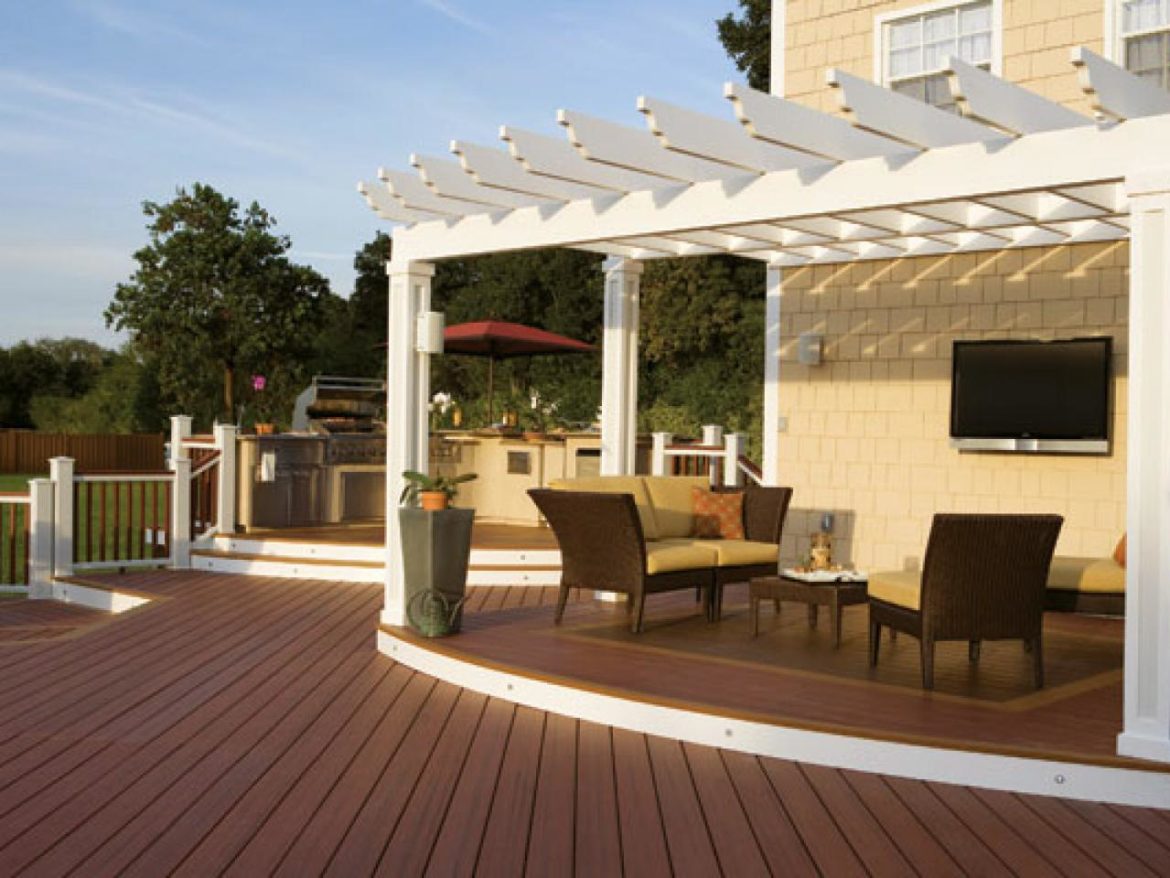
Here in Dominica we are blessed to be surrounded by fresh air, beautiful plants and many other natural wonders from the comfort of our own backyards. Because of our overflow of natural resources within the environment, it would be wise to take advantage of these benefits by investing in outdoor living spaces (porch, balcony, deck, patio, verandah, etc.). One of the few problems faced by homeowners with outdoor space is the direct heat from the sun. Fortunately, this can simply be resolved by installing one of many different shading options available.
Fabric Covering:
A simple, cost effective method that can be implemented is having a large piece(s) of fabric pitched over your outdoor living space. It is important to note that any fabric will not do. Choose a material that is not easily penetrated by water, and ensure that it slopes to allow runoff.
Umbrella:
Another cost effective method is having an umbrella(s) set up near your lounging areas or installed as part of your outdoor tables. Like fabric, umbrellas are easy to install. They also provide the benefit of being able to be adjusted based on the direction of the sun for optimized protection.
Lattice:
A lattice is a structure which has strips of wood or metal crossed and fastened together with square or diamond-shaped spaces left between. If your home has a contemporary design a lattice would make an excellent addition. They are often used to support climbing plants, which would help the natural outdoor feeling transcend into your space.
Pergola:
Similar to a lattice, a pergola is a structure that gives shade while providing support for climbing plants. They provide a shaded area with ample breeze for outdoor relaxation when the weather is very hot. For the best results use materials like acrylic trim boards, fiberglass, and strong woods like redwood.
Home Integration:
If it structurally possible based on the design of your home, and within your budget, your outdoor space can be an integrated part of your inner home. The roof of the house can extended out without the external walls. If your outdoor space is small this can be easily done, however, the larger the space the more money it will cost, and the more work that would have to be done. But this is one of the most satisfying options.
Trees:
Instead of going through the hassle of building a structure to provide shade why not use the trees around you. If your yard is surrounded by trees, build your outdoor space in a location where it can benefit from the trees’ shade. If it does not, you can always plant a tree and consider temporary options in the meantime. Deciduous trees which are filled out provide the most shade.
Which of the above shade options do you prefer, and why? Share with us in the comments.
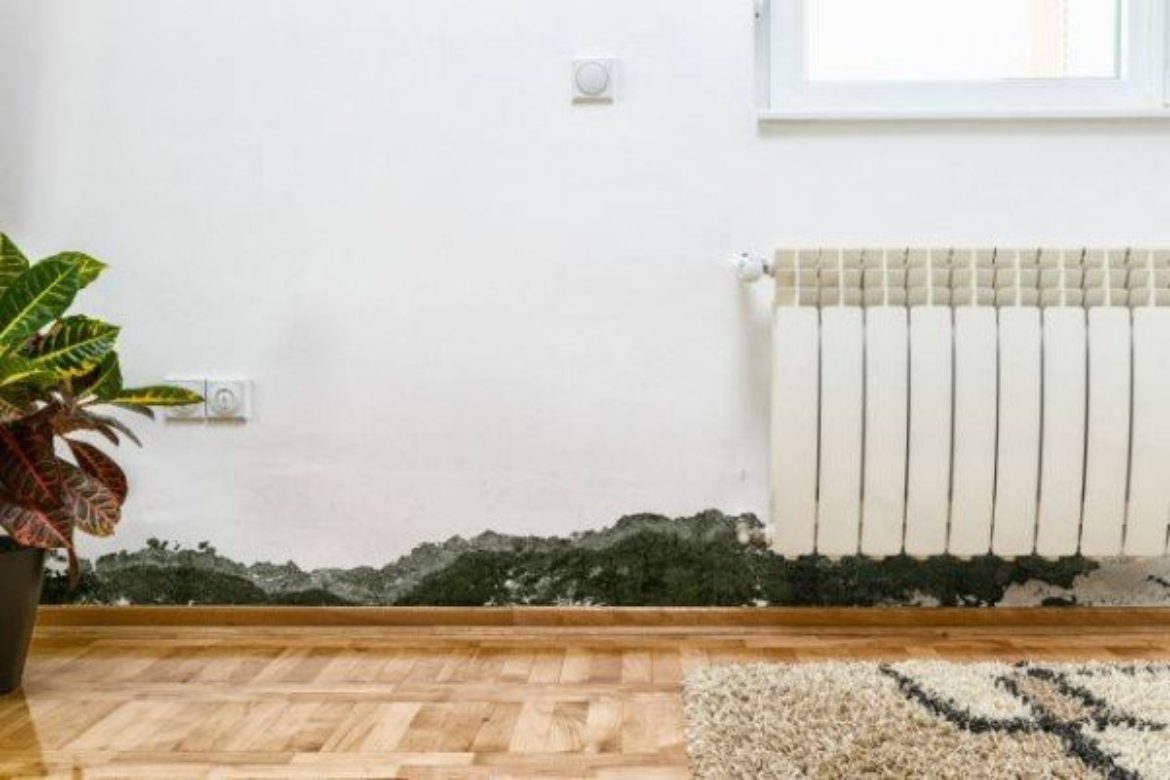
Is your home and environs damp? Dampness can result in the formation of mold on your walls, furniture and window frames causing them to get rotten. Mold is a type of fungi developed from airborne spores. It usually grows in damp, warm conditions with little airflow. This can have adverse effects on the body causing increase risk of respiratory illnesses. If you do have mold, the first thing to do is find the source in order to get rid of it.
Preventing Condensation:
Condensation is one of the main causes of dampness in the home. It mainly occurs during cold weather regardless of a presence or absence of rain. When the air gets colder and it can no longer hold back all the moisture in the atmosphere, tiny droplets appear causing the surface to be damp.
To avoid condensation:
Other Causes of Dampness:
Removing Mold:
If mold has already taken effect, the following things can be done to rectify the situation:
Have you had a problem with mold infestation? What did you do to solve it?
A nursery is a bedroom within a house or other dwelling set aside for an infant or toddler. The nursery is designated to the housing, care and well-being of a baby, and is generally the smallest bedroom in the house. However, the room in many cases could remain the bedroom of the child well into his or her teenage years, or until a younger sibling is born, and the parents decide to move the older child into another larger bedroom, if one is available. Our architects offer the following tips to help you design a nursery for your bundle of joy.
Location: The most beneficial location to build a nursery is near to your bedroom. This benefits both you and the child in that you are close enough to hear if anything is wrong, and it also leaves a short walking distance when you need to check up on the baby in the middle of the night. The nursery should also be appointed in an area where it can receive good ventilation, and ample lighting.
Color: The best color scheme to choose when designing a nursery is one that provides a calming and nurturing feel. You should focus on what makes you feel relaxed, especially because mothers generally experience a higher level of stress post childbirth. When the child gets older they can decide what color they desire.
Coherence: The style of the nursery should reflect your own personal style and should resemble the design of the other rooms in the home in regards to the design, color, furnishing, etc. It does not have to be a carbon copy but if the entire home has a modern contemporary look, that should be carried into the nursery.
Safety: When purchasing a crib, ensure that it is deep enough and that the bars are an appropriate distance apart to keep the baby from getting out. Place the crib away from, doors, heaters, lamps/light fixtures and wall decorations. Also, try your best not to over-decorate the room and have it cluttered. It should be organized as much as possible.
Furnishing: The cheapest and easiest thing to do when planning on purchasing furniture is to buy them before deciding on the color of the walls. Then you can chose your wall options based on the type of furniture you have. Another reasonable option is to buy the crib and then design everything with your focus on the crib. While the crib is definitely the most important furniture in a nursery, another piece you should invest in is a rocking chair.
Adaptability: When designing take in consideration how long the décor will last. As the years go by and the child grows aspects of the room may need to change when the child finds that they have become too old. When it comes to things such as the design of the wallpaper, choose an option that can be appropriate for a number of years which will allow ample time before it needs changing.
Additional Tip: Remember babies are messy therefore ensure whatever you buy is washable.
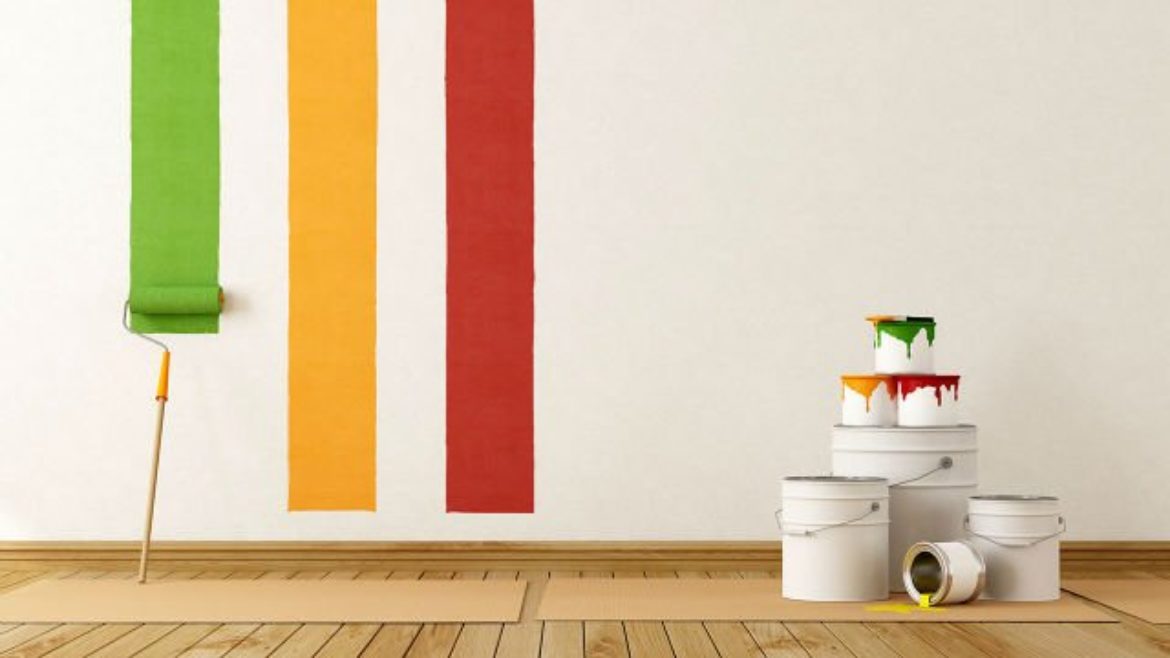
It’s that time again; you’ve recently applied a fresh coat of paint to your walls and it is already starting to fade. Having to move furniture and appliances as well as getting photos and paintings off the walls over and over again can be frustrating and not to mention a financial burden. Today we offer you a few tips on making paint last longer.

No one wants to buy a pest infested home, and you should not be living in one anyway! Today we take a look at some of the most common creatures to plague the average home and simple things you can do to stop them.
Mosquitoes pose more than a nuisance as several diseases are carried by the pesky creatures (Dengue fever, Chikungunya, Zika, etc.). The best mosquito protection is to not allow standing water around the home or yard. Mosquitoes lay eggs and larvae hatch in water. Make certain that gutters are clean and clear. The second best protection is using screens in windows and keeping doors closed. If keeping your doors closed is a problem, custom door screens can be bought.
Cockroaches are scavengers who feed most commonly at night which is why homeowners can turn on a kitchen light and see roaches scatter. Ways to prevent or eliminate cockroaches include never leaving any tidbit of food that might be accessible to the bugs. Boric acid powder sprinkled in areas where roaches have been seen is also effective and is non-damaging. Roach powders are also an option, as are roach traps, often known as roach motels.
Termite colonies can number in the thousands and they eat wood. These pests burrow into wood and eat. Termites can destroy the wood in any home. There are little effective measures for homeowners although some try baiting. The most effective way to eliminate termites, however, is with the help of a professional exterminator.
Ants are another common scourge and come in many varieties. Fire ants are hard to remove but some owners have success with pouring hot water or soapy water into the fire ant mounds. Black and sugar ants are also difficult to remove. The same tactic – pouring hot or soapy water into the ant hill – can be effective. There are also ant traps, ant sprays, and other chemical treatments.
Flies are among the peskiest pests. They seem to get in when no other bug can and are hard to remove. Keep a fly swatter on hand and have good aim. Fly strips are an old-fashioned option and there are fly sprays available. The best protection against flies is to prevent their entry.
These insects are just the most common pests but there are many others. In most cases, a little prevention can go a long way toward major infestations.
To prevent insects of any kind from moving in to stay, these simple, inexpensive methods can be effective:-
Create physical barriers. Keep screens in good repair and replace screens with holes or that sag in the frames. Caulk around windows and doors to seal entryways for insects. Keep doors and windows closed. Screen doors should have a tight spring so that the door will close and remain shut.
Keep food sources out of reach to insects. This means clean up after meals and snacks. Wipe up spills and sweep up messes when they occur. Clean appliances like stoves after use and clean between appliances and counter tops in the narrow cracks where food bits can fall. Store foods in containers with tight lids or in sealed bags. Never leave pet food out in dishes at all times. Remove garbage promptly and rinse out waste cans to remove any food residue. Always wash and dry dishes soon after a meal.
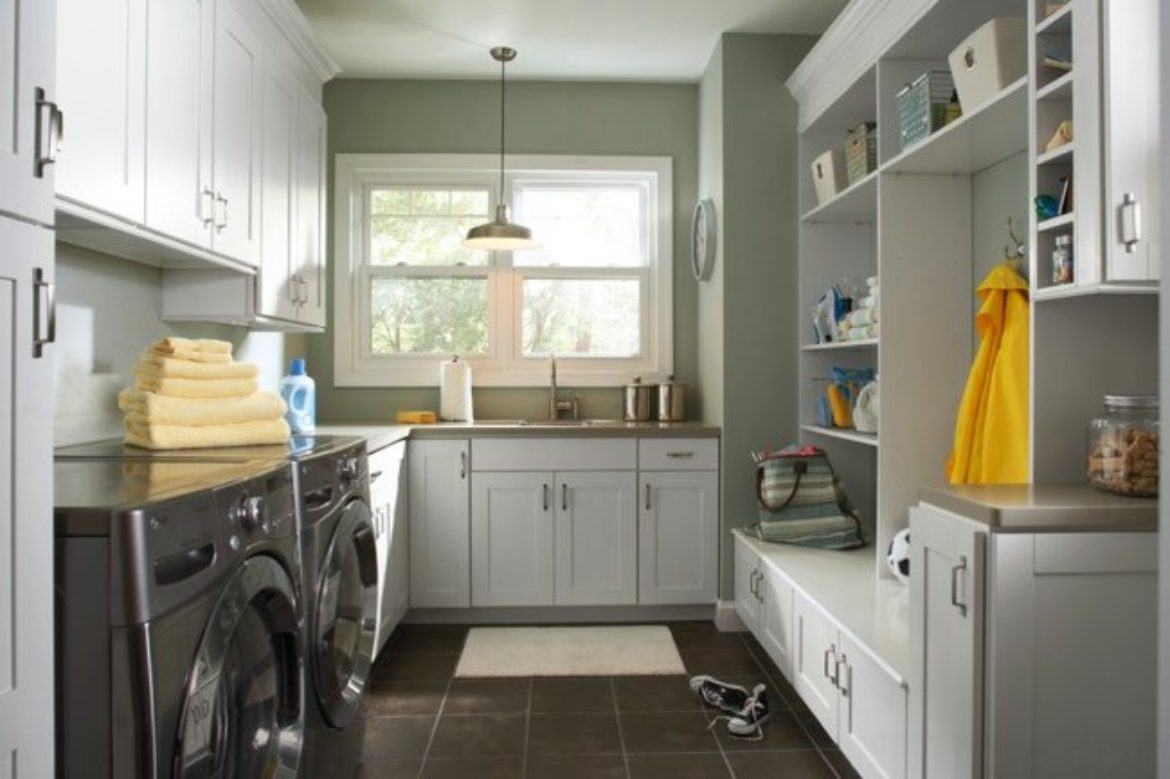
Laundry rooms used to be hidden away in the basement, washer and dryer side by side on concrete floors. These days, they’re moving upstairs and going upscale. From walk-in closets to craft rooms, laundry machines are finding new, brighter and inspiring spaces in the house. Some look almost like kitchens, with high-end cabinetry and countertops. From large and luxurious to compact and convenient, the options seem limitless. Here are some common trends:
Size
Modern laundry rooms come in all sizes. In some homes, the laundry area simply consists of a stacked washer and dryer behind bi-fold doors. In more opulent digs, the laundry room sometimes shares space in a room that accommodates a homeowner’s hobby. Use the space you have, if the area is small include first and foremost the essentials a washer and if possible a dryer. If it is large enough feel free to decorate and design based on your personal style. A laundry room isn’t a place people are going to hang out, but that doesn’t mean it can’t have style.
Location
Some homeowners find it convenient to have a laundry area on an upper floor rather than in the basement, so they don’t have to lug linens, towels or clothes up and down stairs. In some high-end homes, the laundry room might turn up in the master bedroom’s walk-in closet, steps from the en suite. It’s simple enough to put a drain on the floor during construction. That way, there is a lot less damage if there is a water leak. In smaller properties the laundry can be shared with either the kitchen or bathroom.
Innovation
The old school laundry chute has been around for decades but has never enjoyed widespread adoption. For some families, it’s the height of convenience. Gone is the need to lug heavy laundry baskets down stairs. It’s a good idea if you have the space to incorporate it in your design. Other good idea is the addition of a storage island to keep clothing well-organized and setting up an ironing system if space allows.
Noise
The type of flooring where the washer sits is important. A concrete base is best because it can absorb the vibrations a working machine generates. Try to distribute laundry loads, as an off-balance washer can make the whole house shake. Ninety per cent of noise — and machine vibration — problems can be traced back to an incorrect installation. Some washers have shock absorbers to absorb some of the vibration. Others are cradled inside a cabinet, so movement is not transmitted to the frame of the machine.
Ergonomics
Laundry rooms are starting to emulate kitchen design, with a utility sink and countertops for working space, combined with upper and lower cabinets for the storage of detergent and other cleaning supplies. Machines are now being offered with doors that swing on either side. Previously, washers opened only to the left and dryers to the right on front-load machines.
Multi-function
While room for a few laundry baskets is important, increasingly, homeowners are making laundry spaces work harder. The most common pairing is with a mud room. The idea is that kids coming in from outside with dirty clothes can simply put them in the nearby hamper. A lot of women prefer their laundry “two steps” from the kitchen, where they spend more of their time. Some ladies also incorporate an indoor clothes-drying rack suspended from the ceiling.
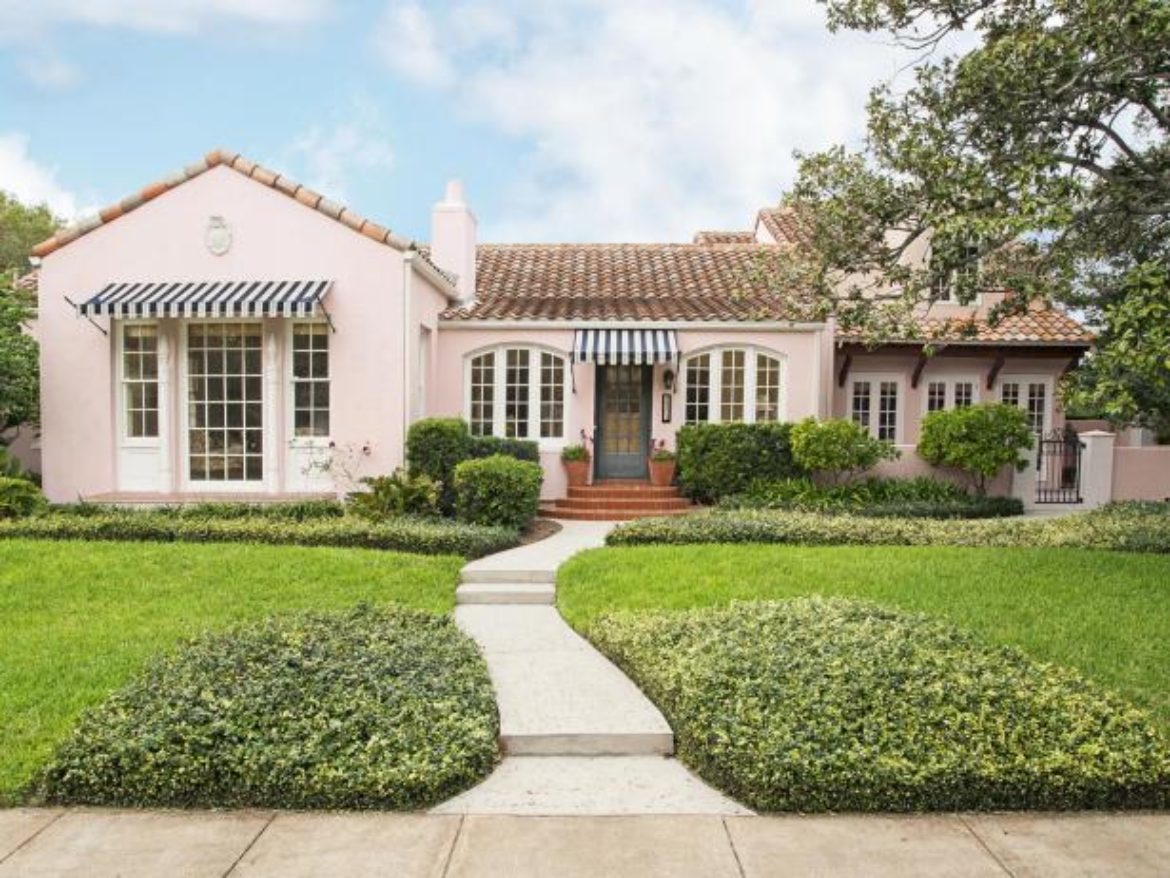
Have you ever heard of the term curb appeal or wondered what it meant? Well, Real Estate Agents use this term to refer to the general attractiveness of a property from those looking from the street or a distance. First impressions are as important to a home as it is with individuals. Every new visitor that sees your home from the outside begins to imagine what the interior looks like, and if the outside is a mess the enthusiasm to look within decreases as well as the overall impression of the home. If you are planning on selling your property, making it available for rent, or simply want to make your home look attractive try improving the curb appeal by making these 7 design alterations to suit your style.
Add a Walkway: Walkways that are well designed are inviting and provide a sense of warmth and comfort to the home. Visitors will feel welcomed to your home walking along that brick or concrete path leading straight to your front door.
Give Your Driveway a Makeover: After years of wear and tear your driveway may be cracked, or covered with potholes. Repair these damages to make the driveway look as good as new. Also, define the driveway by installing a border along the edges to give an elegant look.
Tile Those Stairs: Tiles are guaranteed to add style and make anywhere stand out when compared to plain flooring. Add tiles to your outdoor stairs to make them stand out.
Repaint Your Walls and Front Door: A fresh coat of paint can transform your home providing a more welcoming environment into your house. And while painting the walls do not forget the door or if possible have a new one installed. Consider doors with decorative glass for a greater feel of grace and elegance.
Illuminate the Outdoors: Not only do lights leading to the entryway of your home look good and welcome guests arriving at night, it also provides safety and security by decreasing dark places within the yard for intruders to lurk. Solar lights are the perfect choice because they do not require electricity or distracting cables.
Mother Nature Can Help: Beautiful flowers can be planted in strategic locations throughout the property. Hedges can be used to surround the yard or planted along the drive and walkway. Ensure that hedges and other plants/flowers are neatly arranged and properly trimmed.
Invest in porch furniture: Improve the look and feel of your porch by adding furniture. This makes the home feel relaxing and welcoming to visitors.
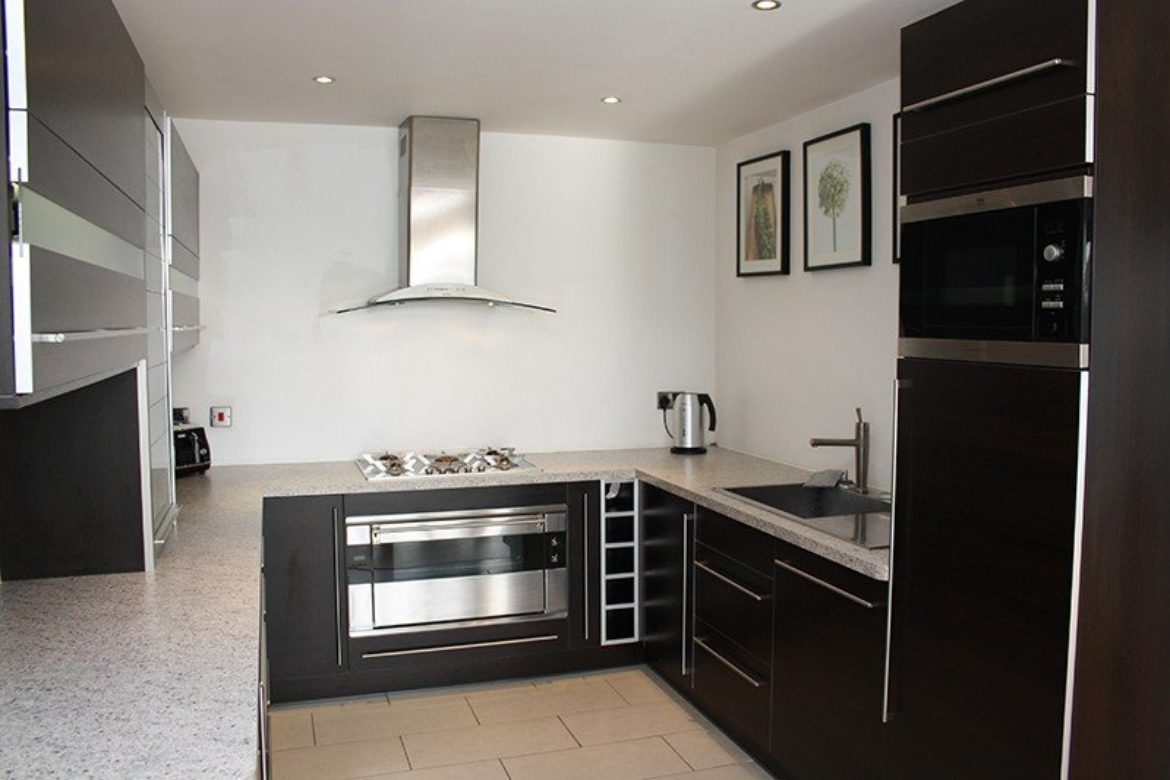
The kitchen is arguably one of the most (if not the most) important rooms in the home. It caters to the entire family, guests, and stores the largest amount of household appliances than any other room. In cases where the kitchen may seem cluttered due to its minimal size, an extension may be considered. If because of any reason from lack of finance, to not enough space to expand, you should not worry. Today we offer you four simple interior design alterations to make your small kitchen appear larger.

Your home is an important asset to own. Not just its financial benefits but also because of what it represents. A home offers security. It is generally viewed as a place of love, where memories are made, where families are built. It is because of these and many other reasons that many individuals desire to one day own their home. And just as there are reasons to want to own a home there are several reasons why individuals would want to sell their home: from personal reasons such as moving away, or accommodating a growing family, to financial reasons.
Whether you are selling or buying a home the real estate process can be a daunting task that if not handled properly can be exhausting and both the owner and the buyer can cause the process to be more difficult than it already is.
Here are a few tips to help homeowners avoid making mistakes that could hinder the selling process.
1) Overpricing
Most sellers have a tendency to overprice their property. One of the main causes of overpricing results from the homeowner’s emotional attachment to their property. As a property owner, once you have made the decision to sell you should detach yourself emotionally from the home because this attachment does not affect the buyer’s decision. Bear in mind that a real estate transaction should be viewed and handled mainly as a business transaction. Homeowners can also overprice due to the property features that they believe to be of high value. However, what may seem appealing to the owner may not have the same appeal to the prospective buyer. The best way to avoid overpricing is by formulating a selling price based on the most recent property valuation and taking the price of similar properties in the area under consideration.
3) Not Trusting the Agent
One of the most significant components of any personal or business relationship is trust. As a homeowner looking to list your property with a real estate agent or agency you have to ensure that there is an element of trust. Before listing your property, ask as many questions as you need to get comfortable working with the agent. If at the end of the conversation you feel like you cannot trust the agent it would be best to look elsewhere in order to avoid the tension that distrust is most likely to cause down the line.
Similarly to homeowners, buyers can make mistakes during the real estate transaction that they may eventually regret later:
1) Lowballing
As a home buyer it is only natural that you would want the lowest price possible, however there is a big difference between negotiating to get a more affordable price and lowballing. Sometimes buyers can come in with unrealistic expectations about how much the property is worth. If you feel that the selling price is a bit steep and you really love the property, when negotiating it would be best to make a realistic offer that is not too low from the owner’s asking price.
2) Searching for the cheapest property
Individuals searching for homes to purchase on a strict budget often keep their eyes open for the cheapest property they can find. What some homebuyers fail to consider is that most times cheaper properties tend to have many issues and require renovations. It is wise to find out as much about the property as you can, its value, structural integrity, etc. without only considering the price. Before purchasing a home, you should be aware of anything that may be wrong and factor your findings into your final decision.
Were the above tips useful? Share this article with family and friends. If you need any clarification on this topic, feel free to email us at feedback@millenia.dm.